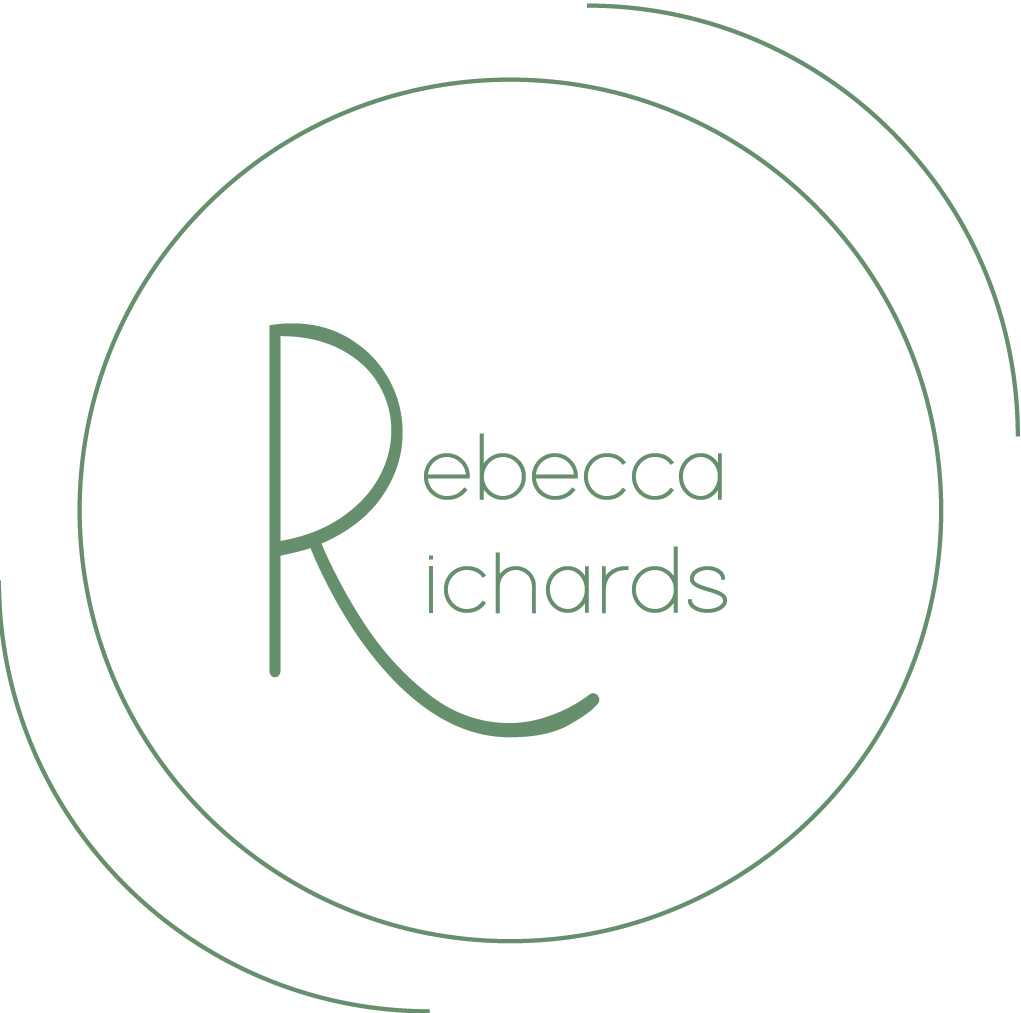Anxiety can manifest in many physical ways. Chest pain is one of them.
Years ago, before I discovered that my symptoms were caused by anxiety, I went through a period of having chest pain and an elevated heart rate regularly.
I was going through a really challenging time in my life and was also deep into yoga practice and meditation. So I was used to sitting in my body with all sorts of feelings and sensations.
Even so, I remember sometimes being worried that there might be something wrong with my heart.
It turned out there was nothing wrong with my physical heart. But I was in way more emotional pain than I had realised.
As a dedicated yoga teacher and studio owner, years of meditation and yoga had helped me avoid painful feelings. So when I committed to a path of deep healing, I discovered parts inside me that were lonely, scared, frightened, and sad. And those parts needed a loving connection with me.
This was a life-changing time. I stepped away from teaching and started training in a body-centred psychotherapy method called Hakomi.
This is where I learned just how much the body speaks!
When chest pain is a symptom of anxiety, there is much to be gained from integrating a body-focused inquiry with other spiritual and exercise routines.
By bringing the qualities of curiosity and acceptance to these physical symptoms, we embark on a journey of self-healing and integration. Physical signs in our body often point to parts of ourselves hurt and lost in the past. With time and patience, we can learn a lot about ourselves. And embrace more of who we really are with love and understanding. This helps pave the way for us having a more satisfying and soul-aligned life.
Now, while I am passionate about exploring our physical symptoms with an open mind of inquiry, I think we also need to be sensible.
So if you wonder whether your chest pains are related to anxiety or could be a severe medical issue, get things checked by a medical doctor first.
Then, suppose there is nothing wrong with your physical heart. In that case, your heart pain may be a signpost to unmet parts of you wanting your attention. And an opportunity to befriend yourself.
Below I outline a self-inquiry tool you can start with.
This forms part of the approach I use with my clients to help them understand their anxiety and heal the inner pain it is pointing to.
I also still do this sort of inquiry on a very regular basis myself.
Once you have read this through, I invite you to put aside five minutes to do the exercise. Of course, if you are not feeling comfortable with the process, you can always stop it anytime.
I recommend making yourself comfortable in a sitting or lying position.
You could also do steps one and two more casually while you are going about your day-to-day activities.
Step one: Start by noticing how you feel about the chest pain.
We all have a tendency to judge uncomfortable feelings and sensations. So we make them wrong or bad. Or we feel frightened of the anxiety. Or scared of the pain. And this creates what is called a feedback loop. Our fear, judgment, and rejection of what is happening in our body exacerbate it. And it is a really normal thing many of us are wired to do. So let us not reject ourselves more for it. Instead, the key is to bring awareness to it.
Step two: Begin to gently welcome it by feeling it more. An embodied way of healing and integrating our past is to practice being with the physical symptoms of our psychic pain with warmth and acceptance.
So while you might be used to meditating, doing deep breaths, or distracting yourself when you feel anxious, see if you can simply be with it more. This requires we build up our capacity to be with the sensation in small bites. So we get more comfortable with what is uncomfortable a little bit at a time.
Step three: Get curious about the chest pain.
As you practice welcoming the chest pain rather than judging it, see if you can find out more about it. These questions below are a guideline to help you become more familiar with and at ease with the sensations in your chest. It may take you some time and a few attempts to get this close to the feelings in the body.
- What sort of pain is it? Is it throbbing, aching, or some other sensation?
- If it had a shape and depth to it, what would that look like?
- What colour might it have?
- Now, if you are really comfortable and open in this place, you may be able to ask the pain if it has a message for you. If it does, see if you can be open to listening to the voice of your pain.
Step four: As you finish this self-inquiry, you might like to journal about your findings. Or commit to exploring the chest pain every morning or night. Perhaps you simply decide to welcome it when it does arrive in your day-to-day experience.
I hope that if you resonated with this information, you might start befriending your chest pain and welcoming yourself just as you are.
I would love to hear what you are discovering by doing this inquiry.
You can add your comments below.
If your anxiety symptoms disrupt your quality of life, remember we often need help to heal and grow. So please seek a therapist you feel safe and connected with.
Photo by Giulia Bertelli on Unsplash

